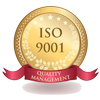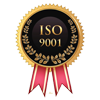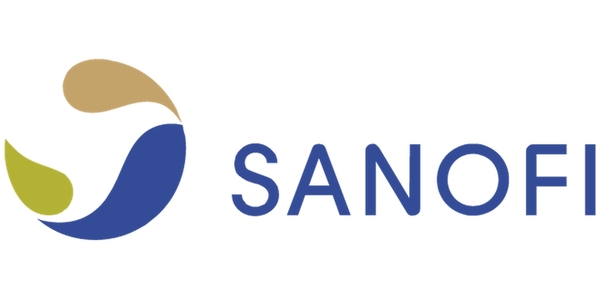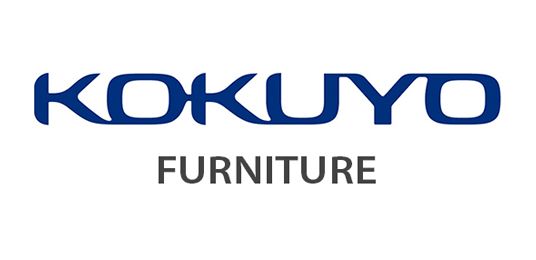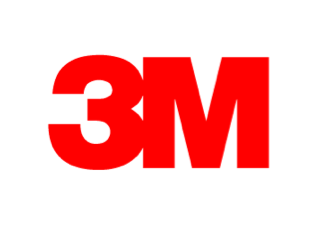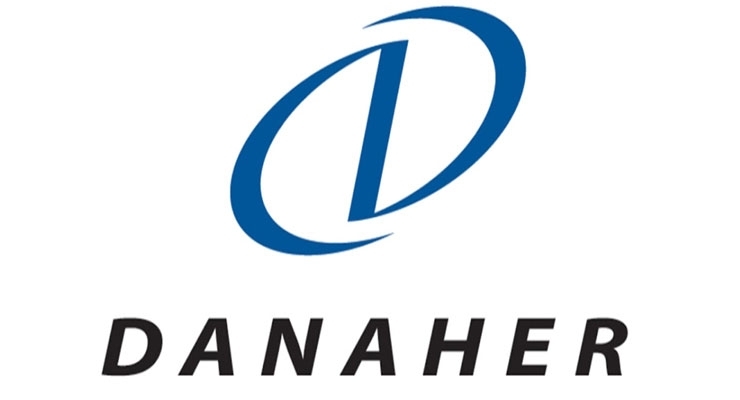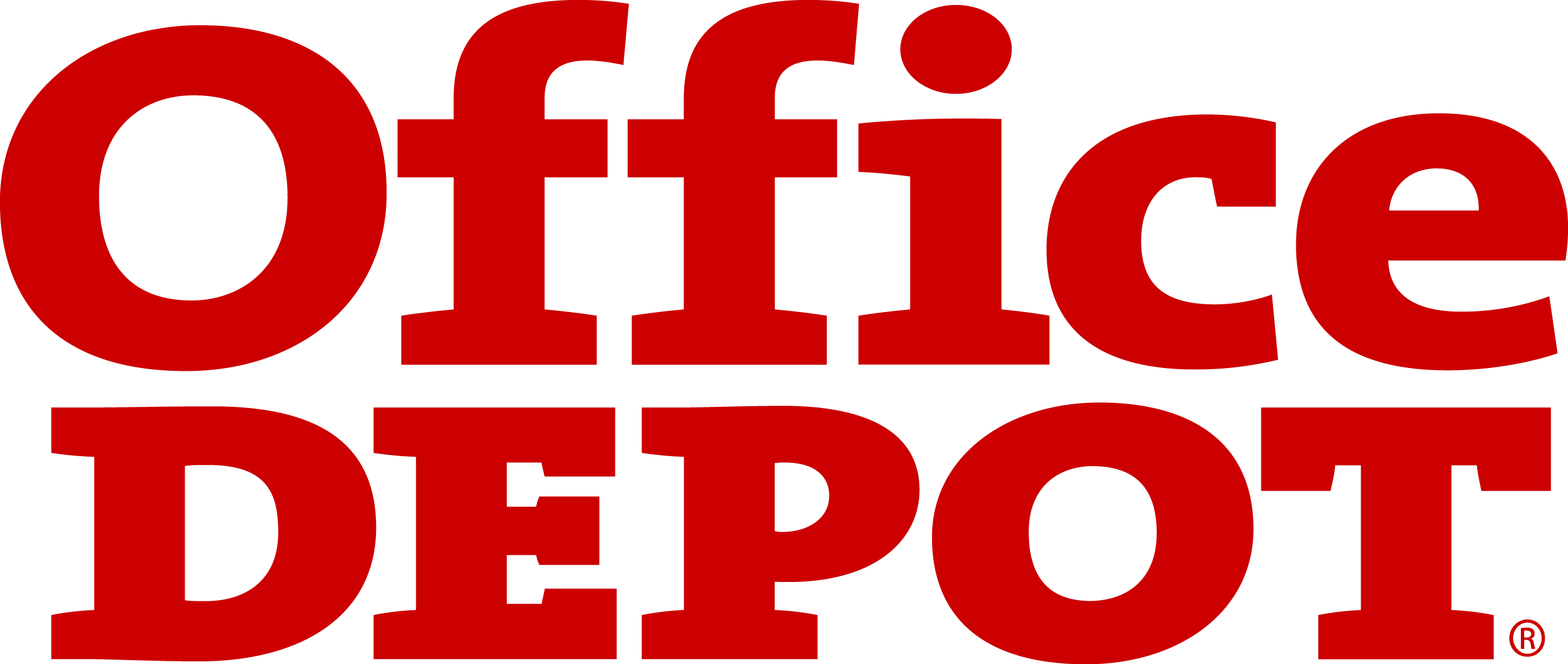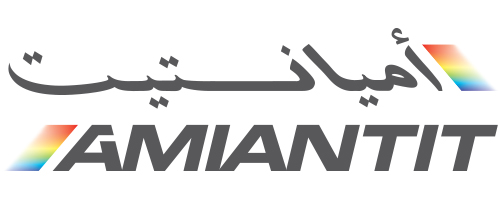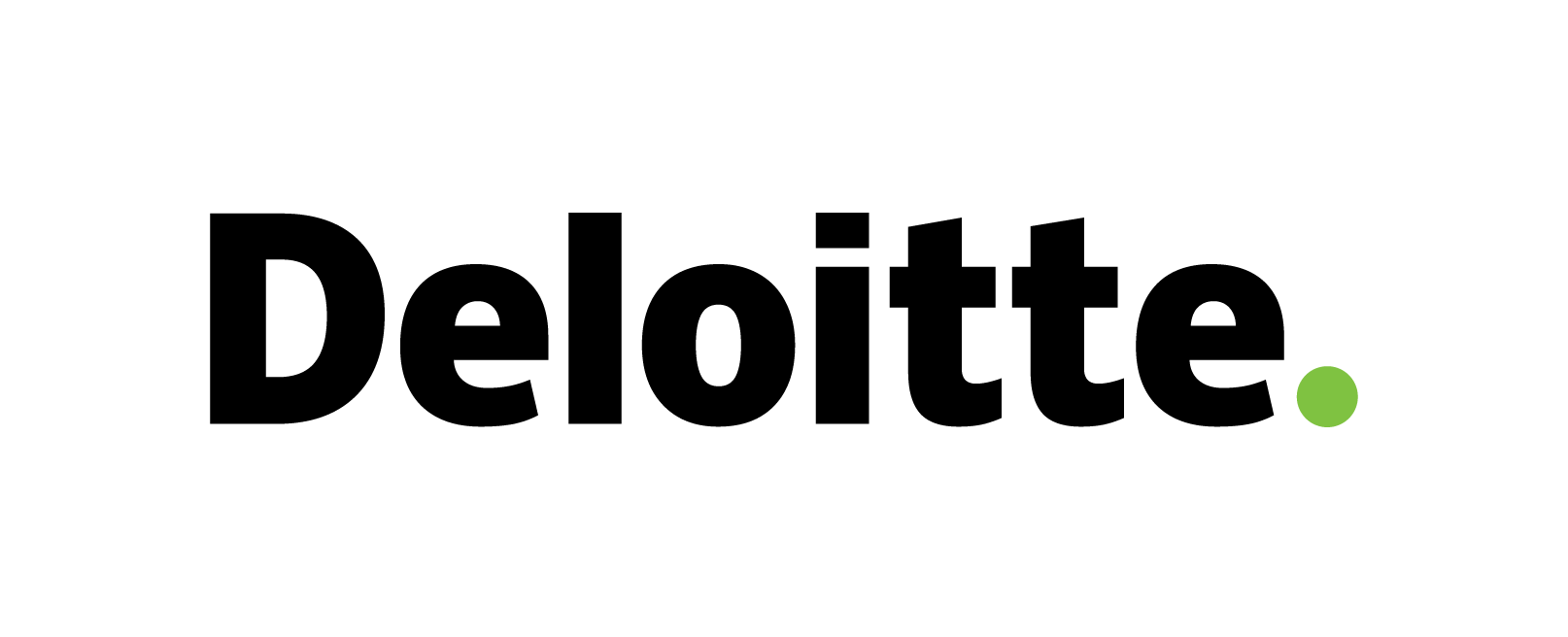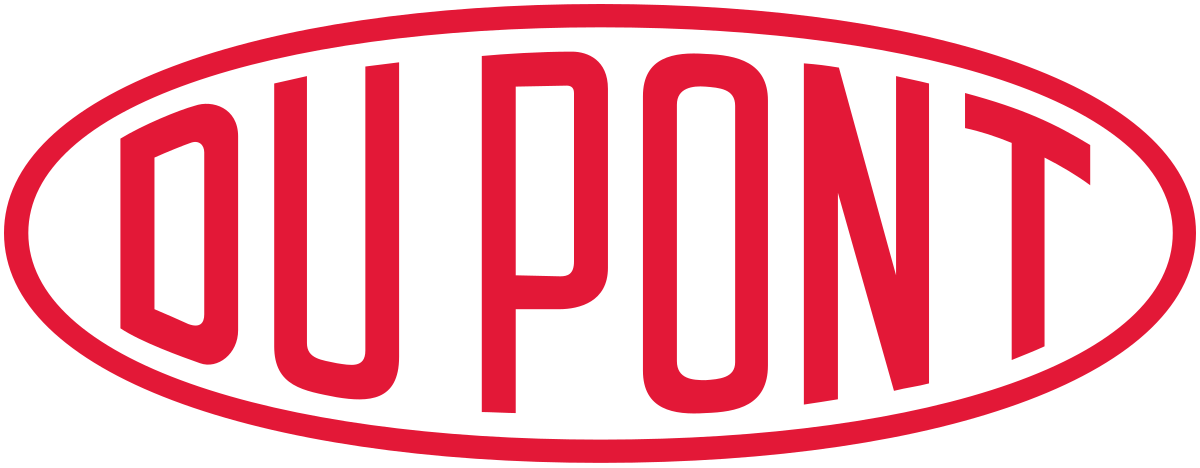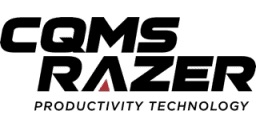Adhesion Barriers Market By Product Type (Synthetic Adhesion Barriers, Natural Adhesion Barriers, Composite Adhesion Barriers); By Application (Gynecological Surgeries, Abdominal Surgeries, Cardiovascular Surgeries, Orthopedic Surgeries, Neurological Surgeries, Urological Surgeries); By Formulation (Film-Based Adhesion Barriers, Gel-Based Adhesion Barriers, Liquid-Based Adhesion Barriers); By End-User (Hospitals, Ambulatory Surgical Centers, Clinics); By Region (North America, Europe, Asia Pacific, Latin America, Middle East & Africa) - Global Market Analysis, Trends, Opportunity and Forecast, 2022-2032
Adhesion Barriers Insights
Adhesion barriers are medical devices that are used during surgical procedures to prevent the formation of adhesions. Adhesions are fibrous bands of scar tissue that form between tissues and organs in the body after surgery, trauma, or infection. Adhesions can cause pain, bowel obstruction, and infertility in some cases.
Adhesion barriers are commonly employed in gynecologic, stomach, and pelvic surgery, as well as orthopedic treatments. They can be applied directly to the affected area during surgery or inserted through a laparoscopic procedure. The use of adhesion barriers has been proven to lessen the prevalence of adhesion-associated complications, which include bowel obstruction, persistent pain, and infertility, that could arise after surgery. In gynecologic surgical procedures, adhesion limitations are typically used to save you adhesions from forming among the uterus, ovaries, and other pelvic organs.
Adhesion Barriers Market Size
The market for adhesion barriers is expected to grow in the coming years due to an aging population and an increase in the number of surgical procedures being performed. The market is also being driven by the development of new and more effective adhesion barrier products. The global Adhesion Barrier market was valued at approximately USD 859.9 million in 2022 and is projected to succeed in USD 1.822 billion by 2032, with a compound annual rate of growth (CAGR) of 7.8% during the forecast period (2023-2032). There are several key players in the adhesion barrier market, including Johnson & Johnson, Baxter International, Sanofi, Genzyme Corporation, C. R. Bard, Integra LifeSciences Corporation, Covidien, CryoLife, Inc., Ethicon, Inc., and FzioMed, Inc.
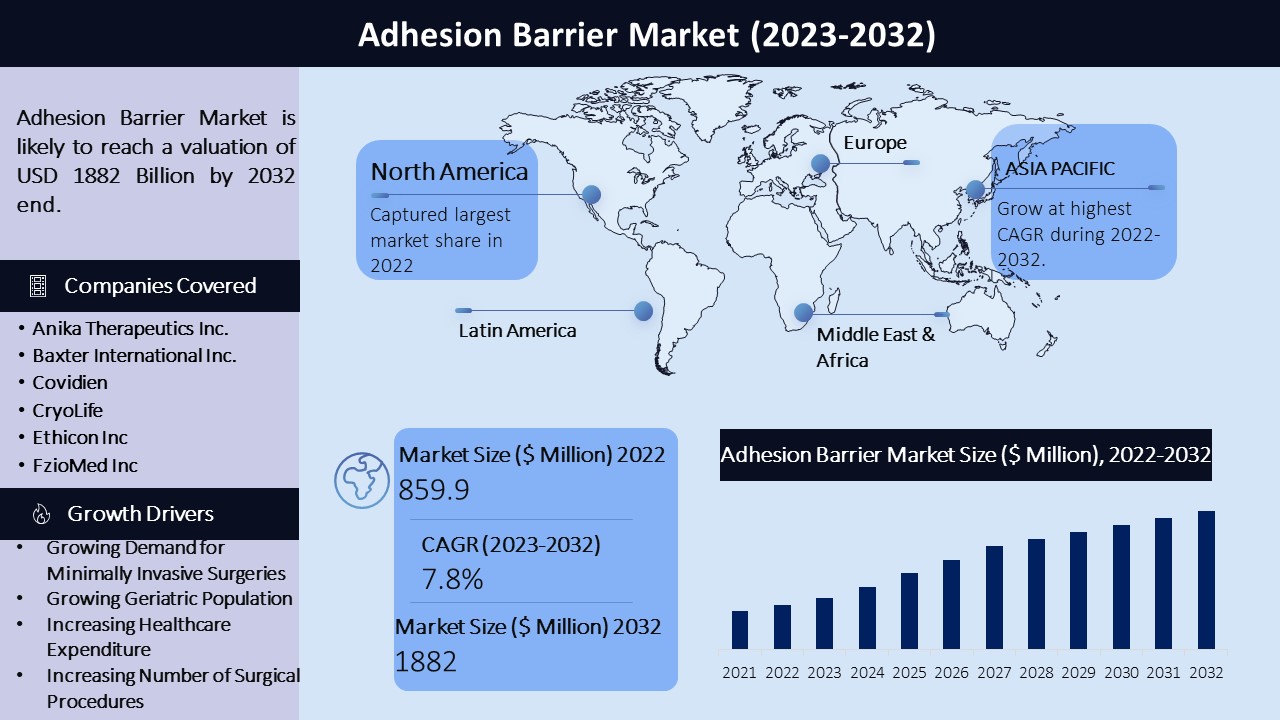
Adhesion Barriers Market Key Driving Factors
The global adhesion barriers market is driven by various factors that have contributed to its growth in recent years. Some of the key drivers of the adhesion barriers market are:
There are several driving factors contributing to the growth of the adhesion barrier market:
- Aging population: The aging population is more susceptible to health problems that require surgery, and as a result, the demand for surgical procedures is expected to increase, thereby driving demand for adhesion barriers.
- Increasing prevalence of chronic conditions: The rising prevalence of continual situations together with obesity and diabetes has caused an increase in the number of surgical processes being executed, together with bariatric surgeries and joint replacements, that are related to a higher hazard of adhesion formation.
- Technological advances: Technological advances in the development of adhesion barrier products, such as the use of nanotechnology and advanced biomaterials, are expected to result in more effective and efficient products, driving market growth.
- Increasing awareness of adhesion-related complications: Healthcare professionals and patients are becoming more aware of the potential complications associated with adhesions, such as chronic pain and bowel obstruction, leading to an increased demand for adhesion barriers as a preventative measure.
- Government initiatives: Government initiatives are playing an essential position in driving the growth of the adhesion barrier market. Governments are taking various measures to sell the usage of adhesion boundaries in surgical methods, including imposing guidelines and policies that require the use of adhesion barriers in certain surgical tactics.
Adhesion Barriers Market Key Trends and Developments
There are several key trends and development in the field of the adhesion barrier market:
- Increasing use of combination products: Adhesion barriers are being combined with other medical devices or drugs to enhance their efficacy and decrease the threat of adhesion formation. For instance, adhesion limitations may be blended with hernia mesh or anti-inflammatory capsules to reduce infection and save you adhesion formation.
- Growing demand for bioresorbable adhesion barriers: Bioresorbable adhesion barriers are being increasingly more utilized in surgical techniques due to their capacity to dissolve and be absorbed with the aid of the frame over time, lowering the need for a second surgical procedure to eliminate the barrier.
- Development of advanced biomaterials: The development of new biomaterials with enhanced biocompatibility, such as hyaluronic acid and carboxymethylcellulose, is leading to the development of more effective adhesion barrier products.
- Increasing adoption of laparoscopic procedures: Laparoscopic surgeries are becoming increasingly popular due to their lower risk of adhesion formation, which is driving demand for adhesion barriers specifically designed for use in laparoscopic procedures.
- Expansion of product portfolios by key market players: Major players in the adhesion barrier market are expanding their product portfolios through partnerships, collaborations, and acquisitions to meet the increasing demand for adhesion barriers and stay competitive in the market.
Adhesion Barriers Market Segmentation
The adhesion barriers market can be segmented based on the following factors:
- By Product Type
- Synthetic Adhesion Barriers
- Natural Adhesion Barriers
- Composite Adhesion Barriers
- By Application
- Gynecological Surgeries
- Abdominal Surgeries
- Cardiovascular Surgeries
- Orthopedic Surgeries
- Neurological Surgeries
- Urological Surgeries
- By Formulation
- Film-Based Adhesion Barriers
- Gel-Based Adhesion Barriers
- Liquid-Based Adhesion Barriers
- By End-User
- Hospitals
- Ambulatory Surgical Centers
- Clinics
- By Region
- North America (U.S., and Canada)
- Europe (U.K., Germany, France, Italy, Spain, Russia, NORDIC, Rest of Europe)
- Asia-Pacific (Japan, China, India, Indonesia, Malaysia, Australia, Rest of Asia-Pacific)
- Latin America (Mexico, Argentina, Rest of Latin America)
- Middle East and Africa (Israel, GCC North Africa, South Africa, Rest of the Middle East and Africa)
Adhesion Barrier Market: Report Scope |
|
|
Base Year |
2022 |
|
Base Year Market Size |
USD 859.9 million |
|
Forecast Year |
2023-2032 |
|
Forecast Year Market Size |
USD 1.822 billion |
|
CAGR Value |
7.8% |
|
Segmentation |
|
|
Challenges |
|
|
Growth Drivers |
|
Adhesion Barriers Regional Synopsis
The market is expected to be particularly strong in North America, due to the high prevalence of surgical procedures in the region and the availability of advanced healthcare infrastructure. By 2032, the market is predicted to be worth USD 567.33 million, growing at a CAGR of 8.2% (2023-2032), with the USA serving as the region's largest market against an earlier estimation of worth USD 257.9 million in 2022.
Europe is another important marketplace for Adhesion Barrier, the market is also expected to be strong in Europe, due to the increasing prevalence of chronic conditions such as obesity and diabetes in these regions. By 2032, the market is predicted to be worth USD 341.48 million, growing at a CAGR of 7.1% (2023-2032) against an earlier estimation of worth USD 171.98 million in 2022.
The Adhesion Barrier market is predicted to expand significantly within the Asia-Pacific region thanks to rising public awareness of Adhesion Barrier and improved healthcare infrastructure. The region's primary markets are Japan, China, and India. With a CAGR of 10.8% (2023-2032), the market is predicted to succeed in USD 599.48 million by 2032 against an earlier estimation of worth USD 214.97 million in 2022.
Although the marketplace for Adhesion Barrier in Latin America is comparatively small, it's anticipated to expand significantly within the coming years thanks to increased public awareness of Adhesion Barrier and improved regional healthcare infrastructure. With a CAGR of 6.7% (2023-2032), the market is predicted to succeed in USD 246.54 million by 2032 against an earlier estimation of worth USD 186.0 million in 2022.
The Middle East and African marketplace for Adhesion Barrier is relatively small, but it's expected to grow within the coming years because the region's healthcare infrastructure gets better and more people become conscious of Adhesion Barrier. By 2032, the market is predicted to be worth USD 156.7 million, growing at a CAGR of 6.2% (2023-2032) against an earlier estimation of worth USD 85.9 million in 2022.
Adhesion Barriers Market Key Challenges
Despite the growth prospects of the adhesion barrier market, several challenges could impact the development and commercialization of adhesion barrier:
- High cost: While adhesion barriers can be effective in reducing the risk of adhesion-related complications, their high cost may limit their use in cases where cost is a major concern for patients or healthcare providers.
- Limited reimbursement: There is presently a lack of standardization in the adhesion barrier marketplace, that may make it hard for healthcare providers to select the most appropriate product for their patients.
- Lack of standardization: There is currently a lack of standardization in the adhesion barrier market, which can make it difficult for healthcare providers to choose the most appropriate product for their patients.
- Lack of clinical evidence: The restrained clinical proof assisting the usage of adhesion barriers in a few surgical approaches can also result in hesitancy among healthcare carriers to adopt those merchandise, specifically in cases wherein alternative approaches can be taken into consideration greater effective or less high priced.
- Competition from alternative products: There are a number of alternative products on the market that may be used to prevent adhesions, including mechanical barriers and pharmacologic agents. These products may compete with adhesion barriers in the market.
Adhesion Barriers Market Global Key Players
The global adhesion barriers market is highly competitive, with several key players operating in the market. Some of the major players in the market include:
- Johnson & Johnson
- Baxter International
- Sanofi
- Genzyme Corporation
- C. R. Bard
- Integra LifeSciences Corporation
- Covidien
- CryoLife, Inc.
- Ethicon, Inc. (a subsidiary of Johnson & Johnson)
- FzioMed, Inc.

Need Customized Report for Your Business ?
Utilize the Power of Customized Research Aligned with Your Business Goals
Request for Customized Report- Quick Contact -
- ISO Certified Logo -
